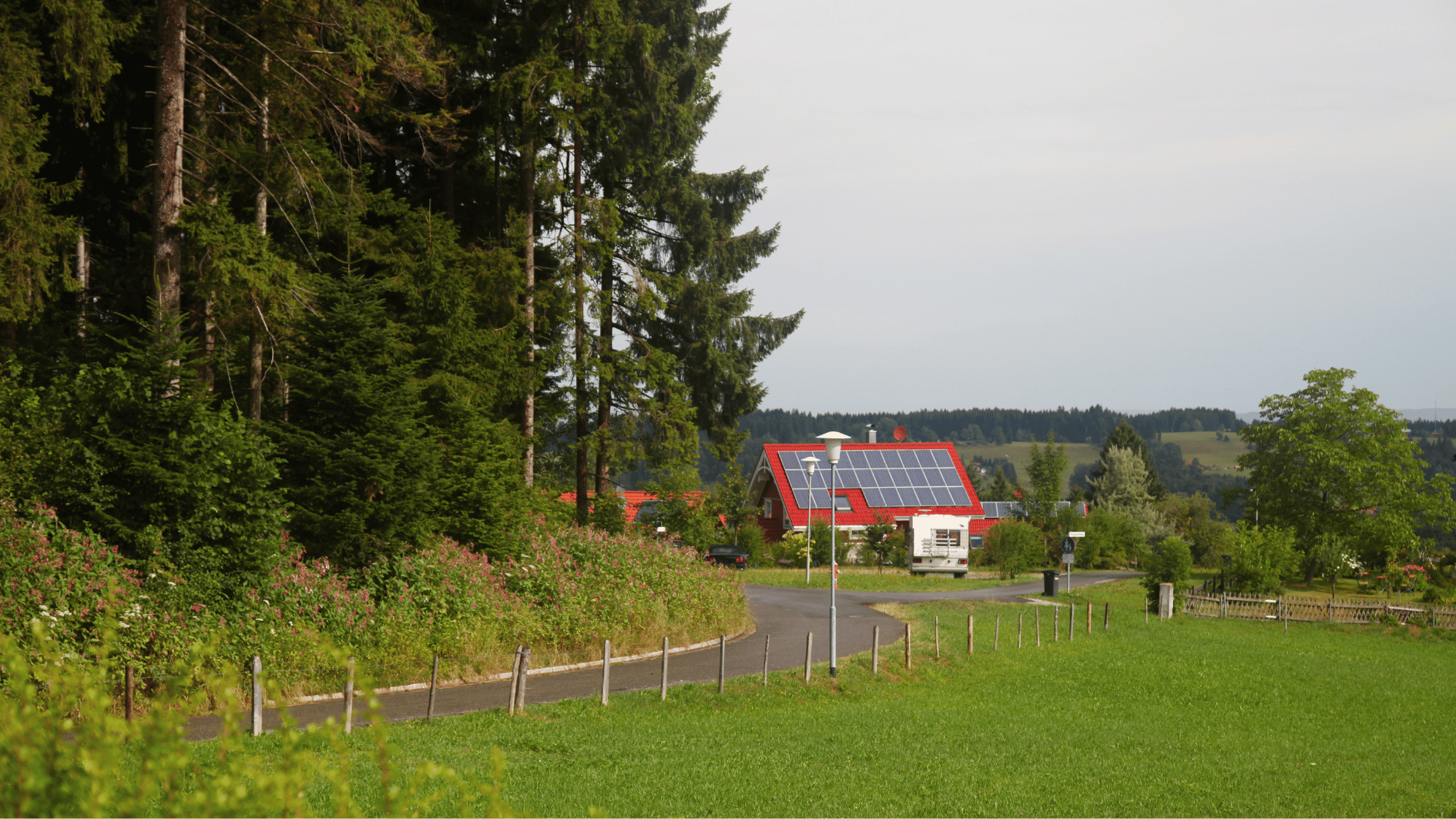Image source: Canva.com
The Low-Income Weatherization Program (LIWP) is a California-based initiative that aims to provide energy-saving upgrades and support for low-income households, particularly for farmworkers in agricultural communities. The program is highly beneficial on paper, offering services such as energy-efficient appliances, insulation, and solar panel installations, which reduce energy costs and improve the living conditions of low-income farmworkers. However, despite these offerings, LIWP faces notable challenges in reaching and effectively serving its target demographic. Here’s a closer look at the structure, benefits, and limitations of LIWP for farmworkers, shedding light on why the program has been relatively disadvantaged.
Understanding LIWP and Its Goals
LIWP is managed by the California Department of Community Services and Development (CSD), with a primary goal to reduce greenhouse gas emissions while enhancing the energy efficiency of low-income households. Farmworkers, who are often among the most financially and physically vulnerable groups, are central to LIWP’s mission. The program’s offerings for farmworkers often include installing solar photovoltaic systems, upgrading water heating, and providing insulation and other weatherization measures. These energy improvements aim to lower utility bills for farmworker households, thereby increasing disposable income and fostering a more sustainable living environment.

Steps to Go Solar in California
Learn the simple steps to go solar in California, from evaluating your energy needs to taking advantage of state incentives. Start saving on energy while contributing to a cleaner, greener future!
Why LIWP Is Critical for Farmworkers
Farmworkers frequently reside in older, less energy-efficient housing that can be expensive to maintain, particularly in California’s varied and often extreme climate. These conditions lead to high energy costs, poor indoor air quality, and general discomfort. LIWP’s services help mitigate these issues, providing farmworkers with improved insulation, access to solar power, and other energy-efficient measures that reduce monthly utility costs and enhance their quality of life. In regions with high electricity costs, these upgrades make a tangible difference, allowing low-income farmworker families to allocate resources to other essential needs.
Key Challenges and Disadvantages
Despite the promise of LIWP, several factors hinder the program’s effectiveness, creating a gap between its intended benefits and real-world impact. Here are some of the primary reasons why LIWP has become disadvantaged, particularly concerning farmworker households:

Geographic and Accessibility Barriers
Many farmworkers live in rural areas, where accessing LIWP services can be challenging. California’s rural regions may lack infrastructure and resources, such as transportation and communication networks, which can make it difficult for farmworkers to learn about or apply for LIWP assistance. Moreover, some rural regions face limited access to service providers capable of implementing LIWP’s energy-saving measures, leaving eligible households underserved.
Language and Cultural Barriers
Language diversity within the farmworker community presents a significant obstacle. Many farmworkers are non-English speakers, and without bilingual support or culturally relevant outreach, these individuals are often unaware of the program or uncertain about how to access it. Language barriers can also complicate communication with LIWP administrators and contractors, impeding the application process and creating confusion around program requirements and benefits.
Temporary and Seasonal Residency
Farmworkers frequently move to follow crop seasons, which affects their eligibility for LIWP assistance. Many energy-saving measures, such as insulation and solar panel installation, require permanent or long-term residency to maximize benefits. For temporary or seasonal farmworkers, the benefits of these upgrades may be short-lived, making it difficult for LIWP to deliver its intended impact to transient households.
Eligibility and Documentation Requirements
LIWP eligibility criteria often require proof of income and residency, which can be difficult for farmworkers, especially undocumented or informally employed individuals. Obtaining the necessary documentation to meet LIWP’s requirements may be challenging, particularly for households that rely on cash-based income without official pay stubs or contracts. Consequently, this limits the number of farmworker households that can successfully apply for and receive assistance.
Funding and Resource Constraints
As with many government-funded programs, LIWP operates on a limited budget. This constraint affects the program’s reach and depth, reducing the number of farmworker households that can benefit from its services each year. The need for specialized outreach, such as language support and partnerships with local organizations, requires additional funding, which may not always be available or prioritized, further disadvantaging farmworker communities.
Lack of Targeted Outreach and Awareness
LIWP has struggled to effectively reach and inform farmworkers of its services. Without consistent, localized outreach—particularly from trusted community organizations—many farmworker households remain unaware of the program or how it can benefit them. Limited marketing, coupled with the challenges above, has resulted in low participation rates among eligible households, which diminishes LIWP’s potential to improve farmworker living conditions on a larger scale.
Addressing the Challenges: Potential Solutions
To enhance the effectiveness of LIWP for farmworker communities, several targeted measures could help overcome these barriers:
Enhanced Outreach and Partnerships
Collaborating with local agricultural organizations, community health workers, and nonprofit groups can help bridge the gap in awareness and communication, offering culturally sensitive support and information about the program.
Bilingual Support Services
Expanding language resources and bilingual support can improve accessibility for non-English-speaking farmworkers, making it easier to navigate the application process and communicate with program representatives.
Flexible Documentation Requirements
Adjusting documentation criteria to better accommodate the unique circumstances of farmworkers, such as cash-based income verification or simplified eligibility for transient residents, could increase participation.
Increased Funding and Resource Allocation
Securing additional funding to expand LIWP’s reach in rural areas and provide specialized services for farmworkers would allow the program to better serve this population.
The Path Forward
While LIWP has a well-intentioned mission to support low-income farmworkers with energy-saving resources, it faces critical disadvantages that hinder its success in reaching this target group. By addressing geographic, cultural, and logistical barriers, LIWP can better serve farmworker communities and fulfill its potential to improve living conditions and lower energy costs for some of California’s most vulnerable households.





